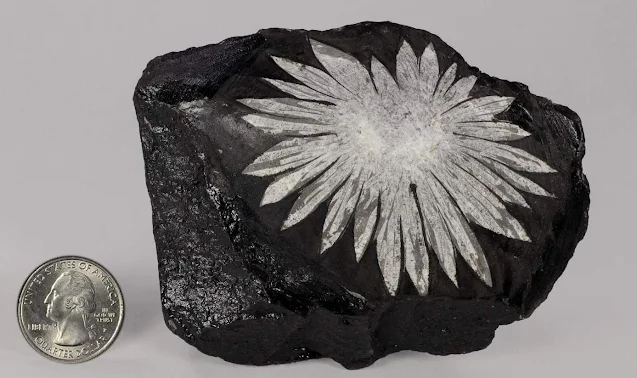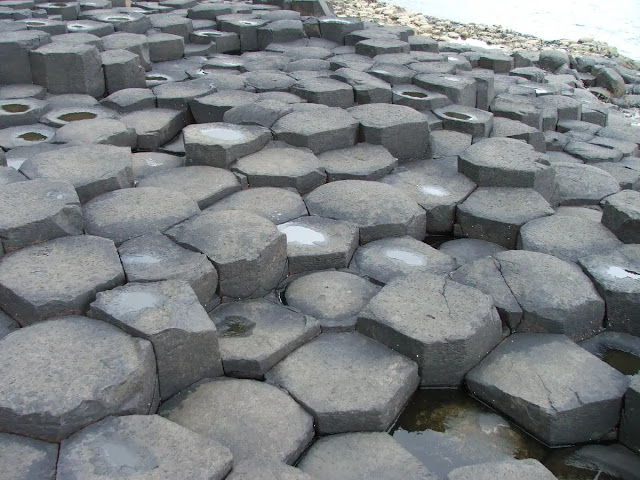Chrysanthemum Stone: Natural Flowerstone
Chrysanthemum Stone, also known as Flower Stone, is a unique and visually striking rock characterized by its flower-like patterns.
Chrysanthemum stone is a type of limestone that is named for its distinctive flower-like patterns. It is a relatively rare and valuable stone, and is found in a few locations around the world, including China, Japan, and the United States.
The chrysanthemum stone is approximately 270 million years old. It is a dark gray to black limestone matrix with andalusite crystals taking on the appearance of a chrysanthemum and contains more than 10 kinds of trace elements, such as selenium, stronium, gold, silver, & bismuth.
The black rock itself is a piece of limestone. Although limestones generally are lighter in color, this one is quite black because of the presence of substantial amounts of organic carbon. This rock is Permian in age, from a time when many areas that today make up China were offshore or underwater plateaus.
 |
| Natural Flower Stone, chrysanthemum. Photo: cobalt123 |
Strontium is often concentrated in carbonate rocks and probably grew on these larger limestone surfaces as a consequence of flowing water after the rocks were deposited; a small crystal could nucleate at the center of the flower and crystals would then grow outwards from that center point.
Chrysanthemum Stone Formation
Chrysanthemum Stone was formed from geological changes in the Permian age of the Paleozoic era, 248 to 290 million years ago, from high temperatures and the compression of thick layers of organic-rich mud at the bottom of the sea. As strontium sulphate (Celestite) and calcium carbonate (Calcite) oozed into the mix, continued pressure and deposition allowed spectacular radial lath-like crystals to form that remained as flower patterns.
Over Time, These Mud Deposits Were Compacted and Buried Under Layers of Sediment. The Heat and Pressure From the Overlying Sediments Caused the Mud to Transform Into Limestone. As This Transformation Took Place, Mineral Inclusions, Such as Andalusite and Celestite, Crystallized Within the Rock. The white pattern on the rock is formed of crystals of celestine (or celestite), a strontium-sulfate mineral. Celestine commonly forms elongate crystals of the form seen here, although these are fairly rare in that they’re so thin and on the surface of another rock.
These “flower” crystals consist of Celestite, Calcite, Feldspar or Andalusite, while the black, or sometimes brown, base rock of Chrysanthemum Stone is comprised of Dolomite, Gypsum clay, Limestone or Porphyry.
The stone may naturally expose the flower, though marketed specimens are often highlighted by selective painting of the black matrix with a dye to accentuate the pattern, or it may be carved away or sandblasted for emphasis.
 |
| Chrysanthemum Stone. Photo: UGTreasures.com |
Chrysanthemum Stone Uses
Chrysanthemum stone is a popular ornamental stone, and is often used in jewelry, carvings, and other decorative objects. It is also believed to have a number of metaphysical properties, and is sometimes used in meditation and crystal healing.



%20(1).webp)




